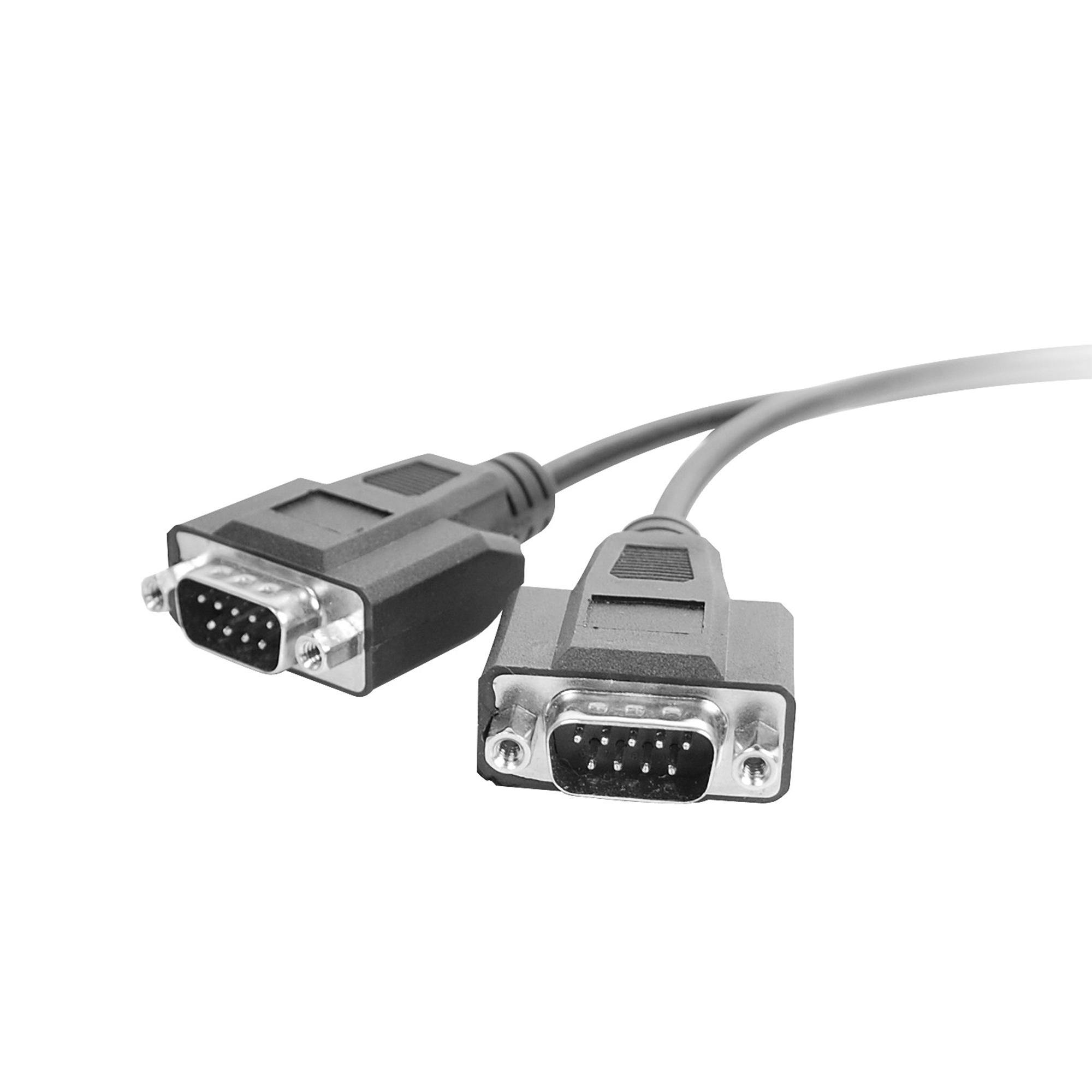Eigenschaften
Adds two 9-pin RS-232 serial ports to your USB-equipped system
USB plug-n-play and bus-powered
Supports various serial devices
such as modems, PDAs, card readers and more
Requirements
Desktop or laptop PC with an available USB port
Windows® 10 (32-/64-bit) / 8.x (32-/64-bit) / 7 (32-/64-bit) / Vista (32-/64-bit) / XP (32-/64-bit) / Server 2003 & 2008 (32-/64-bit) / Server 2008 R2 / 2000
Package Contents
2-Port USB to RS-232 Adapter Cable
Driver CD
Installation guide
Spezifikation
Chip: Moschip MCS7820CV
Supports data transfer rate up to 230Kb/s
Product specifications:
■ Dimensions (case only): 1.77" (W) x 0.67" (H) x 2.17" (D)
■ Serial Port cable length (embedded): 11.81"
■ USB cable length (embedded): 6"
■ Weight: 0.26 lbs (118 g)
Interfaces/Ports:
■ 1, 4-pin, Type A, USB 2.0, Male, Input
■ 2, 9-pin, DB9, RS-232, Serial, Male, Output
Certifications/Standards: FCC, CE, RoHS
Warranty: 1years limited
Country of origin: China
FAQ
- What is USB Type-C?
- USB-C is a type of USB connector that is capable of supporting the following: ■ Data transfer speeds up to 10Gbps, if you use USB 3.1. ■ Bi-directional power delivery up to 100W, if both the USB host connection and the device support it. ■ Alternate modes, which deliver different types of data at different speeds. For example, DisplayPort Alternate Mode (DP Alt Mode). If using Thunderbolt 3 over USB-C, the connection is capable of additional features. For example, Thunderbolt 3 is capable of 40Gbps of total bandwidth. Not all USB-C ports or devices are capable of supporting all of the features listed above, or all of the features at the maximum capabilities. If you require a specific USB-C feature, your USB host connection, cables, and device must all support the feature that you require. For more information about whether your components support specific USB-C features, refer to the information provided by the manufacturers.
- Q: How do I confirm that Windows detects my USB device?
- To confirm that Windows detects your USB device, complete the following: Press the Windows key+R, type devmgmt.msc, and press Enter. In Device Manager, under the appropriate heading, confirm that your expansion card is listed and that there isn't an exclamation mark next to it. For example, a USB device would be under Universal Serial Bus controllers.
- How do I confirm that Windows detects my expansion device?
- To confirm that Windows detects your expansion card, complete the following: Press the Windows key+R, type devmgmt.msc, and press Enter. In Device Manager, under the appropriate heading, confirm that your expansion card is listed and that there isn't an exclamation mark next to it. For example, a USB device would be under Universal Serial Bus controllers.







